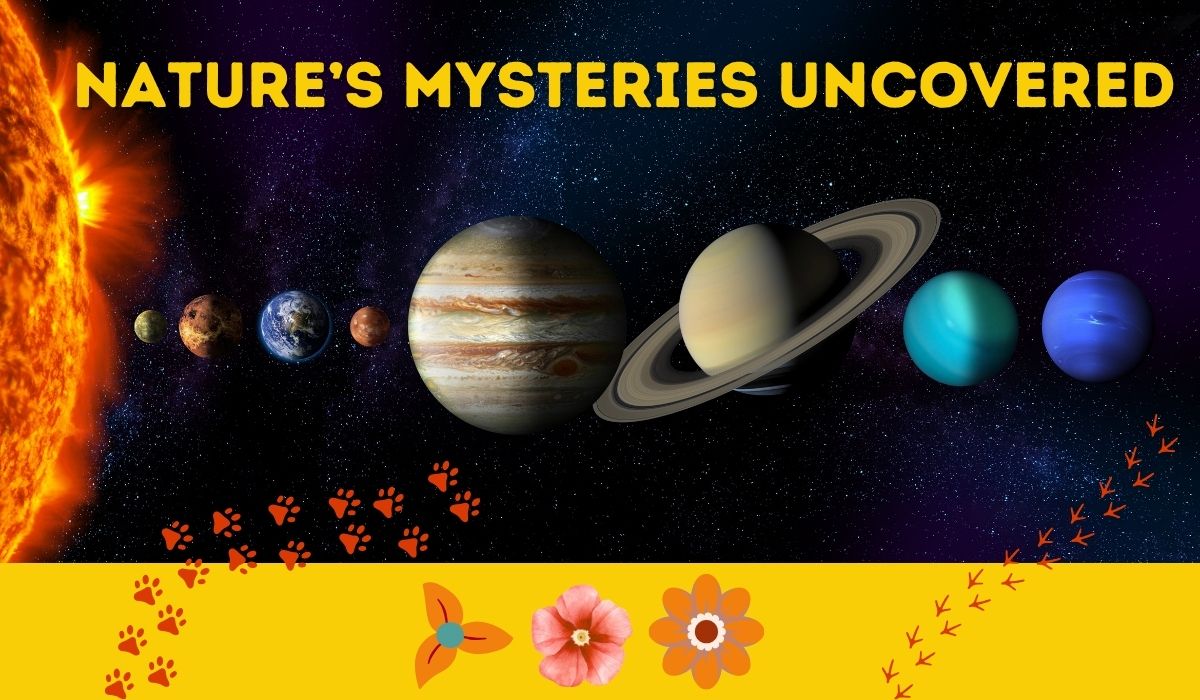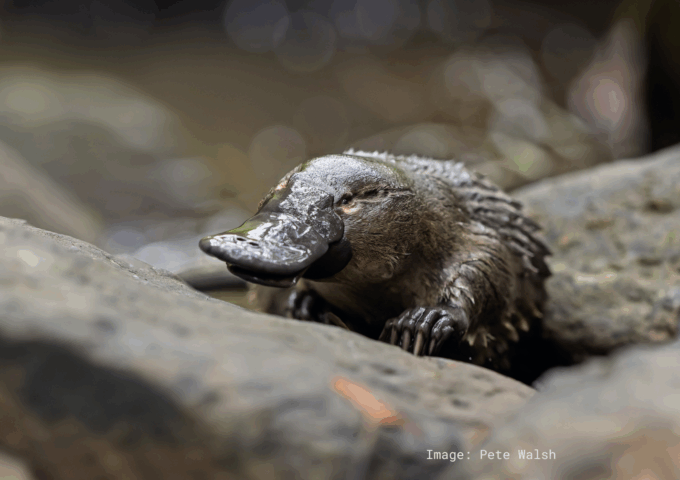- local
- FREE
- PRIVATE
Nature’s Mysteries Uncovered St Michael’s Lutheran School
- -
- - (ACST)
-
St Michael's Lutheran Primary School
6 Balhannah Rd, Hahndorf SA 5245, Australia

Student scientists at St Michael’s Lutheran School will explore and uncover some of nature’s mysteries. How can animal tracks reveal the movements and activities of our Australian animals? How many petals do flowers grow and why? Are there mathematical patterns in nature? How big is the solar system? How does the distance from the sun, the rotation and orbit of the planets affect the observable characteristics of each planet?
Students in years F, 1 and 2 will explore the tracks left by different animals, will learn to identify them and why this is useful information. Students will explore First Nations resources, which will include the use of tracks, symbols, and words to represent animals in their culture. Students will explore how the animals moved to make those prints. They will make animal footprint shoes and will use them to create tracks on paper with paint or outside in sand or soil.
Students in years 3 and 4 will learn about the Fibonacci sequence of numbers and how it relates to the natural world. They will also explore materials in order to design and create a large model of a part of nature where the sequence occurs, such as flowers, pinecones, and snails. Our goal is to have the student create their own fictional specimens using the sequence.
The year 5 and 6 students will learn about the scale of the solar system and its features. They will research the rotation and orbital speed of the different planets, comparing the two concepts. Additionally, the students will create a large-scale model of the solar system on the school oval.






